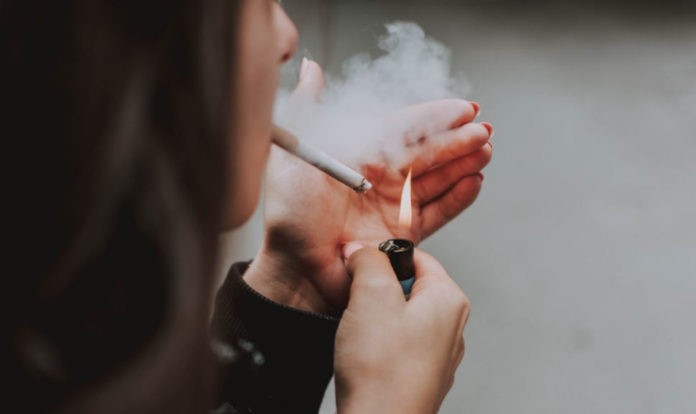Addiction is the compulsive need to use a particular substance to function. The general signs of addiction are lack of self-control, inability to stay away from the substance, jeopardizing relationships and career, etc.
In its absence, the person experiences psychological and physiological discomfort that stops him or her from functioning socially or professionally—some of the best-known addictions are alcohol, marijuana, and other chemical substance addiction.
Treatment methods like Alcoholics Anonymous for alcohol addiction treatment and other several techniques will be discussed further.
There are mainly two types of addiction:
- Chemical addiction:Chemical addiction, also known as substance use disorder, involves overusing certain substances like alcohol, marijuana, heroin, cocaine, etc. Sometimes people even get addicted to prescribed medication like painkillers, requiring help to get out of the addiction.
- Behavioral addiction: Behavioral addiction involves people compelled to act in a particular behavior like gambling or online gaming. There are many gambling platforms available and have a statutory warning on forming an addiction to gambling.
Symptoms of addiction involve:
- Some cravings disrupt regular life and the inability to think about anything else.
- The risk to one’s life or someone else’s life due to being under the influence of drugs.
- Difficulty managing professional or social life due to drug overuse.
- The inability to stop using the substance and being disruptive physically and psychologically.
It is difficult to overcome addictions, and specific treatments are available to fight addictions. Treatment involves medical and mental health with proper follow-up along with appropriate support systems. Psychological help involves behavioral counseling and evaluating other mental distress that might accompany addiction like depression and anxiety disorders. Ways to deal with different symptoms that occur with addiction and withdrawal symptoms:
- Withdrawal: Withdrawal symptoms involve palpitations, sweating, hot flashes, shivering, nausea, and in the worst of cases hallucinations, etc. If people do not seek treatment for withdrawal, people usually relapse faster.
Most of the drugs for withdrawal involve detoxifying substances that would help the person going to relapse. NSS-2 Bridge is the equipment used to stimulate specific nerves to reduce opioid withdrawal symptoms.
- Relapse Prevention: Relapse prevention is mostly done using medications to establish normal brain functions that decrease cravings. Different drugs require different treatments. Scientists have developed medication for specific addictions like cocaine addiction, cannabis addiction, tobacco addiction, etc.
- Tobacco: Tobacco addiction can be treated using nicotine replacement therapy that involves using a patch, gum, etc. The medicines have FDA-approved medications that help in preventing relapse in people trying to quit. The treatment can only work if there is behavioral treatment by group or individual therapy.
- Alcohol: There are a certain number of drugs that have worked well in clinical trials. Many other therapy methods involve group meetings that have worked well for alcohol addiction treatment.
- Co-occurring conditions: sometimes, certain mental health conditions accompany addiction and withdrawal.
Several services help in dealing with addiction and associated with the habit by providing a combination of therapies.
- Vocational services help addicts bring a different lifestyle and profession after the person gets over the addiction.
- Legal services help the individual deal with their legal obligations and help the family or any children involved to help them find a home till the parents got back on their feet.
- Educational services could help kids continue their studies and sometimes teach people with addiction if they didn’t have formal education to get back on their feet.
- Family services.
- Mental health services.
- Medical services.
Behavioral therapy is one of the most popular methods to bring about changes:
- Cognitive Behavioral Therapy (CBT) helps patients realize their unhealthy behaviors to cope with their substance overuse.
- Multidimensional family therapy works for adolescents and families to help improve family patterns and influences of drugs.
- Motivational incentives: This involves giving some positive reinforcement to the patient to encourage practices towards sobriety.
Therapeutic in-housing is very much necessary for patients’ treatment—the duration changes from 6 to 12 months. In-house therapy helps patients develop a community and share their journeys; even the staff plays a crucial role in helping recovery.
Building a community within the facility with people facing a similar situation helps them to not feel alone. Through talking and sharing similar experiences gives him/her the motivation to get better and to want to thrive in society rather than feel they are at rock bottom.
People who go into therapy may relapse, but the situation can be averted with good services and support structures.








